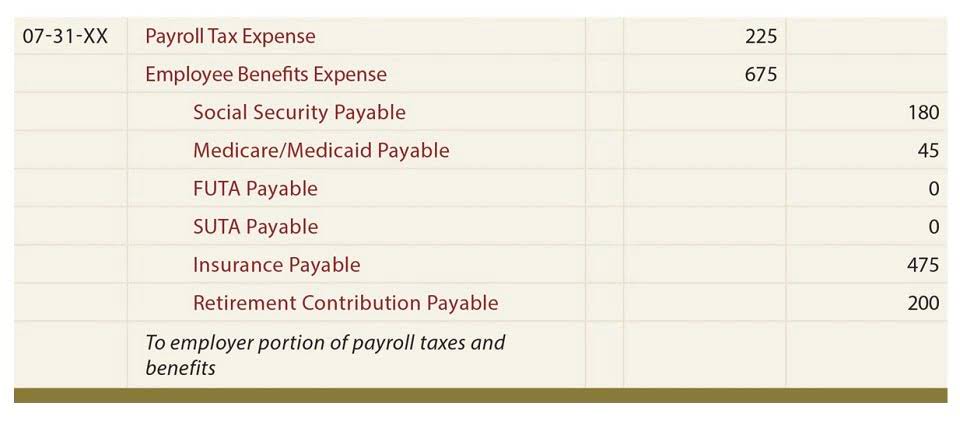
However, the same process can be made simple and efficient with the help of proper automation. What you need is a reliable integrated billing plus receivables system that can automate your invoice-to-cash process while ensuring you get paid on time. Consider deploying an automated system like Constant which automates repetitive tasks, allowing your team to focus on strategic initiatives. With features like automated invoicing and payment reminders, Constant ensures your AR processes are efficient and error-free.
What is a Cash Flow Forecast? Learn How to Predict Your Business Finances
The automation of accounts receivable enhances data accuracy and reduces manual errors, making it an essential tool for A/R and finance teams. Gaviti’s autonomous invoice-to-cash A/R management solution, however, takes this a step further by eliminating the need for constant human control or supervision in the performance of tasks. An A/R automation solution delivers payment data in real-time when integrated into existing financial systems such as your ERP, accounting system, and CRM. Now that we’ve covered the main reasons why you should automate your accounts receivables, let’s take a look at the best practices that companies can – and should – follow.
Best Practices to Automate your Accounts Receivable Process
Working together will help you map the entire AR process from beginning to end, and identify areas for improvement. This will help you identify customer pain points and challenges, as well as potential bottlenecks in the automation process. All of this will be useful in properly streamlining the entire billing to AR collections process. Some function more as a general accounting software for a small financial department to manage different functions while others focus specifically on accounts receivable. Monitor disputes, understand the reasons for them, and try to resolve them as soon as possible, to avoid delayed collections.
- This practice prevents small issues from becoming major problems and maintains the integrity of your financial reporting.
- Suhani Jain is an accomplished fintech marketer with over five years of expertise in churn management, cash flow optimization, and subscription billing models.
- By automating these tasks, you can ensure that invoices are generated promptly and delivered to customers without delay.
- Days sales outstanding is one of the most important metrics for determining the effectiveness of collections efforts.
- Schedule weekly or monthly reconciliations and create a checklist of items to review.
- This will help you identify customer pain points and challenges, as well as potential bottlenecks in the automation process.
Payment processing
The foundation of successful accounts receivable automation lies in having an integrated AR system. This system should seamlessly connect with your existing https://www.bookstime.com/articles/annual-income accounting software and other financial systems. An integrated system ensures that data flows smoothly between different platforms, reducing the risk of errors and discrepancies.
- The integration with QuickBooks Online makes it extremely easy for users to sync their invoices and customer records with their accounting software.
- One of the challenges in AR management is matching payments with outstanding invoices.
- Regularly reviewing these metrics helps you identify areas for improvement and take proactive measures to enhance your AR performance.
- By categorizing receivables by age (30, 60, 90 days), you can quickly identify accounts that require attention and allocate your collection resources effectively.
- Once you’ve established your credit terms, be sure to communicate them clearly in all customer agreements and invoices.
A/R performance metrics that the software tracks should include best possible DSO, Collective Effectiveness Index (CEI), Average Days Delinquent (ADD), and Accounts Receivable Turnover Ratio (ART). Streamline your financial operations and improve your company’s financial health with a faster, more efficient accounts receivable management process. Since these reports give you data over a period of time, you can identify current irregularities in your collection process. Collaborating cross-functionally with your internal teams is the most important piece to keep in mind. This point could be missed if you are only focused on selecting the right AR automation software. The decision to automate the accounts receivable process can be a high-level, strategic decision from leadership, or it can come from the ground-up, from your AR team.

Generate and analyze AR reports regularly
- Accounts receivable automation is a powerful tool for improving financial efficiency and accuracy.
- The decision to automate the accounts receivable process can be a high-level, strategic decision from leadership, or it can come from the ground-up, from your AR team.
- An A/R automation solution delivers payment data in real-time when integrated into existing financial systems such as your ERP, accounting system, and CRM.
- Discover 8 best practices to streamline processes, boost efficiency, and achieve better financial outcomes.
- A standardized collections process ensures that all overdue accounts receive appropriate attention and all customers are treated fairly.
- Automated invoice processing helps you process and distribute electronic invoices faster, preventing common human errors and fraud.
- This practice is especially important for customers with large credit limits or significant payment history changes.
This not only speeds up the invoicing process but also reduces the chances of errors and disputes. Key performance indicators help you measure the effectiveness of your accounts receivable management and identify areas for improvement. Common metrics include days sales outstanding (DSO), collection effectiveness index (CEI), accounts receivable turnover ratio, and bad debt ratio. In the realm of financial management, accounts receivable (AR) automation is becoming increasingly essential for businesses striving for efficiency and accuracy. Automating the AR process not only improves cash flow but also reduces errors and administrative burdens.
Use these 17 accounts receivable best practices to accelerate collections, reduce past-due accounts, improve customer relationships, and optimize your AR processes. This will not only give you deep insights into your accounts receivable process but also ensure a smoother transition and adoption of the automation software. It is highly recommended to use AR automation software to automate all the steps above as a part of the accounts receivable process. The core function of automation is to build a logic around your accounts receivable process, including which customer to charge, how to charge, when to charge, and what to charge for. The first quarter goes by smoothly, but the customer wants adjustments (such as add-ons, upgrade/downgrade, and the like) in the second quarter. Now, imagine hundreds or thousands of customers instead of one – it would be impossible for any company to pull this off manually.

Follow Us On

Electronic payment solutions streamline the payment process, making it easier for customers to pay their invoices on time. By integrating electronic payment options such as credit cards, ACH transfers, and online payment gateways, you can offer customers multiple convenient ways to pay. Additionally, automated payment reminders can be set up Accounting Periods and Methods to notify customers of upcoming due dates, further ensuring timely payments. To effectively manage your AR process, it’s crucial to monitor and analyse key AR metrics.
This helps prevent collection issues while ensuring that you’re treating all your customers fairly and consistently. It will also accounts receivable automation help avoid unnecessary complications and make the system work more effectively. This is one of the most popular features every AR automation software tends to have.
